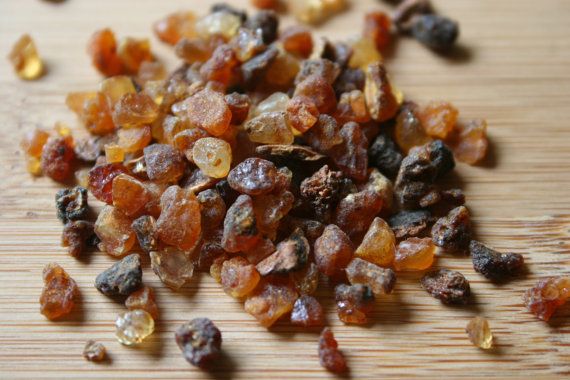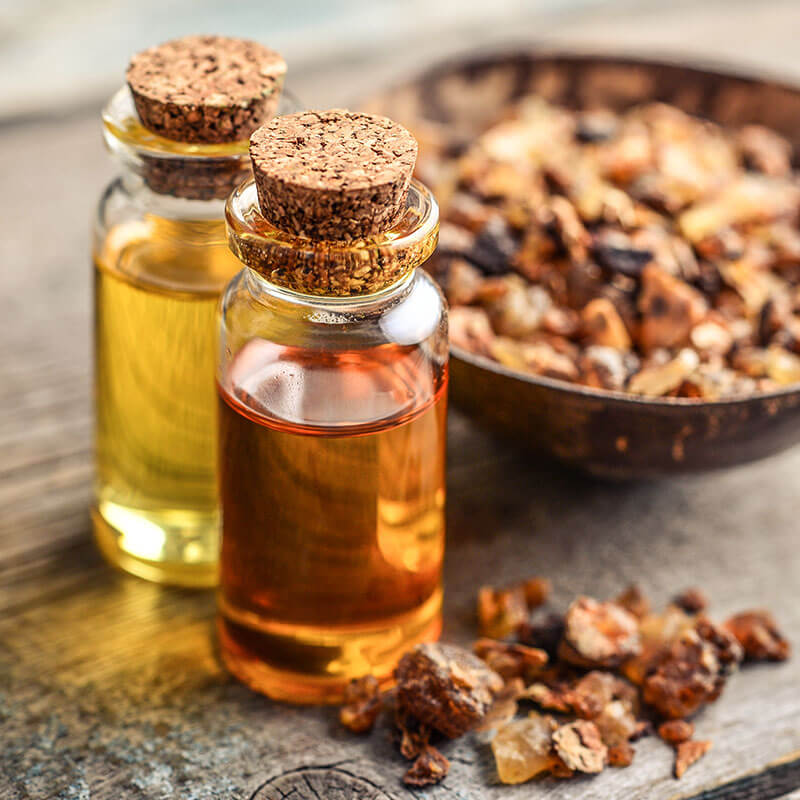
Myrrh, (from Arabic murr, “bitter”), bitter-tasting, agreeably aromatic, yellow to reddish brown oleoresinous gum obtained from various small, thorny, flowering trees of the genus Commiphora, of the incense-tree family (Burseraceae). The two main varieties of myrrh are herabol and bisabol. Herabol myrrh is obtained from myrrha, which grows in Ethiopia, Arabia, and Somalia, while bisabol myrrh is obtained from erythraea, which is an Arabian species of similar appearance. Myrrh trees are found on parched rocky hills and grow up to 3 m (9 feet) tall.
Myrrh was highly esteemed by the ancients; in the Middle East and Mediterranean regions, it was an ingredient of costly incenses, perfumes, and cosmetics and was used in medicines for local applications and in embalming. In medieval Europe myrrh was also regarded as rare and precious; but in modern commerce it is of trifling value.
Modern uses are chiefly as an ingredient in dentifrices, perfumes, and stimulating tonics and as a protective agent in pharmaceuticals. Myrrh has slight antiseptic, astringent, and carminative properties and has been employed medically as a carminative and in tinctures to relieve sore gums and mouth. An essential oil distilled from myrrh is a constituent of certain heavy perfumes.
